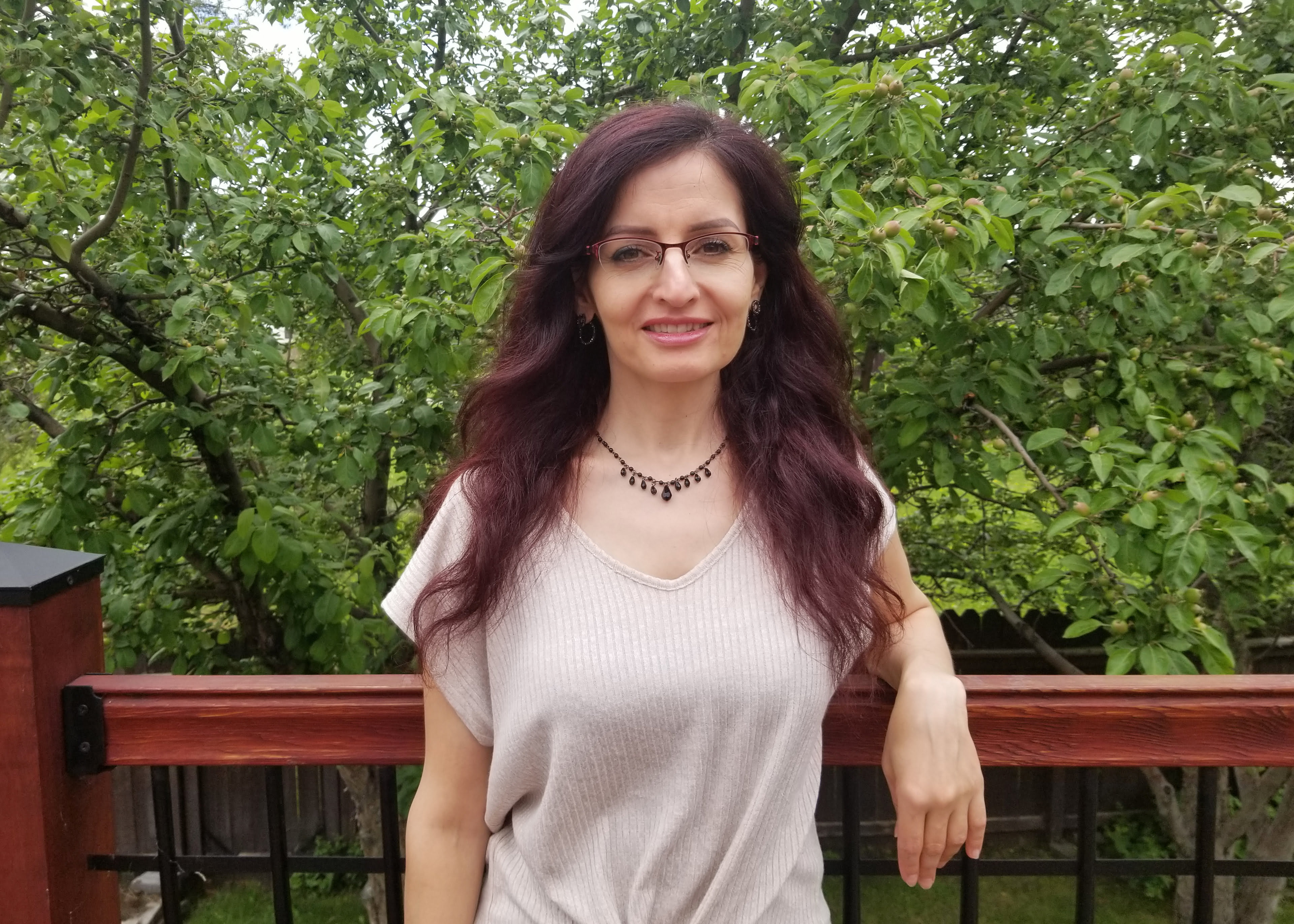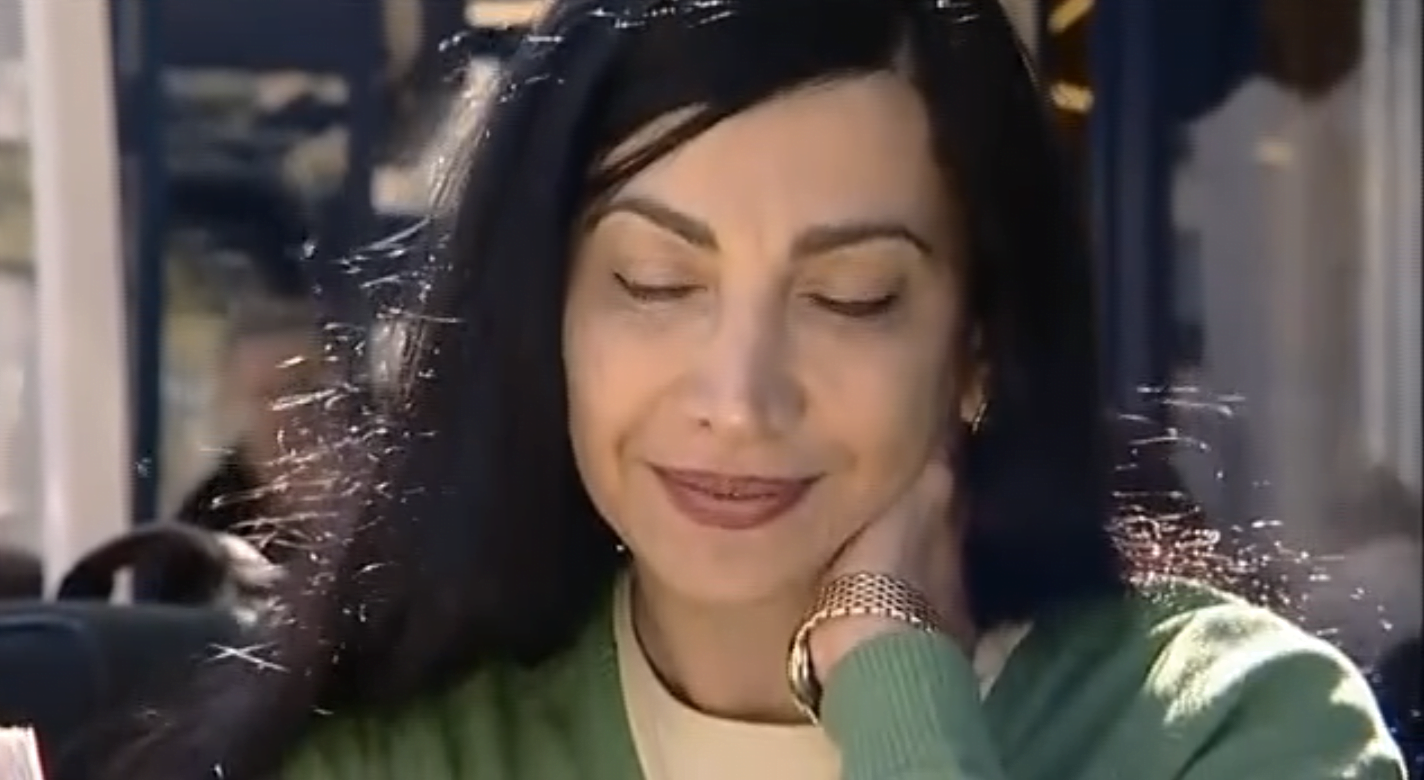Traditional Syrian food and the Syrian diet is very healthy. Syrians eat more plant-based protein such as pulses -lentil, chickpeas and faba bean- compared to meat and fish.
How do you think Syrian food processing methods have shaped the food identity for the Syrian people? And people from different parts of the world in general?
Syrian cuisine is part of the Greater Syria or Levantine cuisines. Food processing methods in Syria is closely related to the weather and Syrian culture of hospitality and generosity. Seasonal foods are usually prepared by Syrian households during the summer and fall to supply for winter or to be eaten when they have guests.
The food processing methods are mainly based on sun and /or wind drying, brining, pickling, and canning which reflect the adaptation to the relatively hot climate. Syrians are also skilled in using local herbs and spices, such as thyme, bay leaves, pepper, and sumac, to reserve their food. Therefore, most of Syrian food products don’t require chilling or refrigeration. For instance, Makdous (oil-cured aubergines stuffed with walnuts, red pepper, garlic), brined cheese (e.g Ackawi or halloumi cheese), apricot and pumpkin jams, bulgur (cracked parboiled wheat), pickles, Kishk (fermented yogurt and bulgur), olive oil, sun dried vegetables are essential parts of “the Syrian Mouneh” in all Syrian houses.

This knowledge of food processing and preservation is transferred across generation. However, the change of lifestyle and the involvement of women in the workforce outside the house, led to a major change in the food and agriculture activities in Syria. Some of this home-made foods and process were then scaled up to an industrial level. This knowledge was also shared with people across the glob and was the base of other worldwide food products. For example, hummus (vegan dip), and falafel (vegan nugget), are two examples of Syrian street foods which are now very famous in all over the world. This food is also an inspiration for food scientists in the western world where people are interested in plant-based diet.
Food is a very important part of Syrian culture and food making is a profession itself that is being passed from a generation to another such as the making of baklawa, knafeh (shredded phyllo dough) and various kinds of desserts. How well do you think these procedures will be preserved before the technology take over it in a need of mass production? (Innovation vs tradition)
Syrian traditional food and dessert are a family owned knowledge and didn`t get enough attention from the decision makers or the Syrian scientific community. Short funding a well as a weak education system didn’t encourage such connection between society and scientists. The traditional knowledge, of so many food process and food products, is currently under threat of being lost. I think it is very important to organize an archive supported by videos and photos of all traditional Syrian food process and food products. Then, encouraging Syrian scientist to modernize the production.
In this age of automatization and globalization, there is always a need to update the old food production machines and methods in order to maintain a standard quality and to be able to compete in the international market. For instance, baklawa and knafeh dough is produced in traditional ways. Modernization may include using sheeter machine for making the dough and another machine for forming, drying and filling. The Syrian knowledge will still obvious and unique by using their special filling mixture and cooking conditions.
Do you think that people will embrace the new technology of developing and processing food? How?
The new technology will help the Syrian food manufacturers produce more efficiently, improve the shelf life and safety of food as well as the food quality. This will help position the Syrian foods in the international market, which in turn help improving Syrian producers’ life and the Syrian economy, in general.
How important is food science in resolving the issue of hunger and food security? Can you talk to us more about that?
It is evident that using science and technology to increase local food production and processing will ensure sustainable food system. For instance, genetically modified crops, new agriculture and food processing machines are examples on how to increase food supply. However, a technology-focused approach will not be the only way to solve hunger. If poor people aren`t able to buy food, then increasing food production is not going to help them. Increasing local food production should be accompanied by addressing basic social problems such as illiteracy, social inequalities, purchasing power that contribute to food insecurity.

How healthy do you think the Syrian diet in general is?
Traditional Syrian food and the Syrian diet is very healthy. Syrians eat more plant-based protein such as pulses (lentil, chickpea and faba bean) compared to meat and fish. They consume a lot of seasonal vegetable and fruit and olive oil. Their diet also includes local spices (such as sumac, thyme) and wild plants (i.e. dandelion and purslane) which are proven to have health boosting properties.
Tell us about a Syrian dish that relates to a particular memory of your childhood
Fatayer kishk is one of my Syrian pastries. It`s a bread dough filled with kishk that is mixed with onion and red peper. Kishk is made by mixing the drained fermented yogurt with bulger. After keeping the mix in a warm place for twenty-four hours covered with buṭum brunches (Pistacia Atlantica tree), the mix is then processed in a meat grinder and the resulting dough is rolled into balls and sun dried. The kishk is normally made at the end of summer. Women used to help each other to prepare kishk as part of the “winter Mouneh”. I remember spending hours helping my mom in rolling the kishk dough into balls. I also enjoyed the smell of butum in the house during kishk process.

As Aquafaba can be produced from chickpeas and chickpeas is quite famous in our region, can you talk to us more about your research on Aquafaba and its uses?
Aquafaba is the thick, clear liquid that results from cooking chickpeas in water. Aquafaba is an excellent emulsifier, thickening and foaming agent. It is typically discarded as wastewater. However, this low-cost material can be transformed from a waste product into a new added-value natural food additive. Aquafaba could be incorporated in various vegan, gluten free food formulations especially in bakery, beverage, plant-based milk, confectionary and oil emulsion products. My work on aquafaba focused on its composition, commercial scale process optimization, as well as developing food emulsion and food products using aquafaba as an egg replacement.
How important it is for people to know about food processing and food science? How can this science be accessible by non-academic people?
Food is the centre of interest of everyone. Food processing starts at a small scale (homemade style) and then technology and innovation help moving up the processes to industrial level. Knowing the basis of food processing and food science by non-academic people help them make food as part of their own hobbies or in case of food shortage during crisis. It also helps people to understand what is good and bad for their health. Simplifying food science would be done by crash courses, workshops, simple videos and pictures.
Can you give us a recipe for a traditional dish made in healthy and innovative way?
Falafel is my favorite recipe. I did a research on changing this traditional street food into a western chicken vegan nugget. The Syrian traditional recipe calls to soak the chickpea in water for at least sixteen hours and then grinding the soaked seed and seasoning the resulting dough with spices include cumin, pepper and coriander. The dough is formed in small balls and then deep fired in oil. My research included infrared heat treatment of chickpea seed to remove the beany flavor and then milling the chickpea into grit with specific particle size to give crispy texture to the final product. The grit is then mixed with water and mock chicken seasoning. The resulting dough is formed like nuggets and partially fried and then frozen for further use.

Do you think the future is vegan? Why?
Vegetarianism and veganism are a new trend in the developed world. In 2018, the total number of vegans and vegetarians was estimated to be about 8% of the world population most of them are in China (4-5%) and in India (31-40%). For the European and North American market, people are more concern about eco-friendly, healthy, clean label, and tasty plant-based foods which is still a big challenge for the food industry. For this reason, I believe that the future is for flexitarians who eat meat moderately and enjoy their freedom of food choices.



